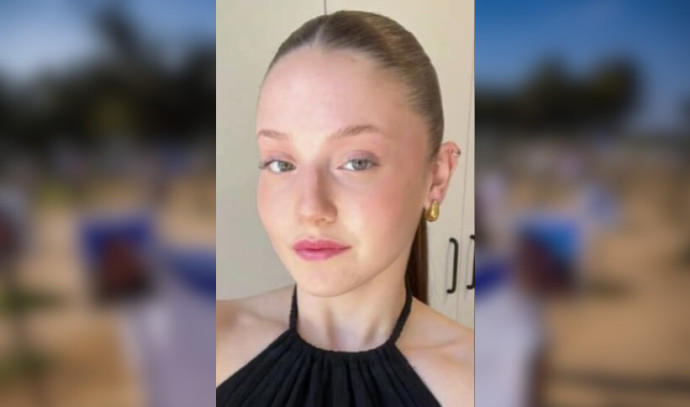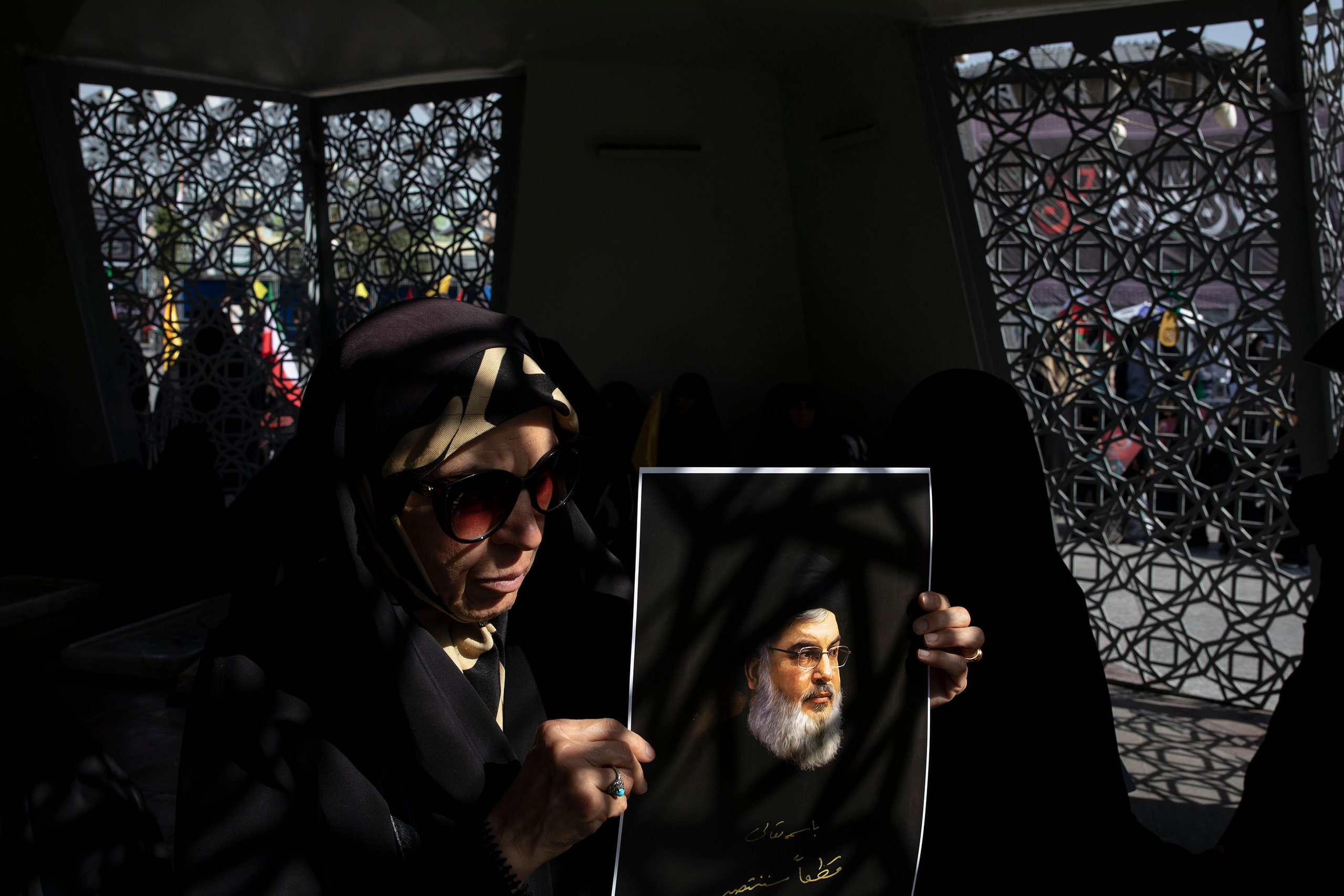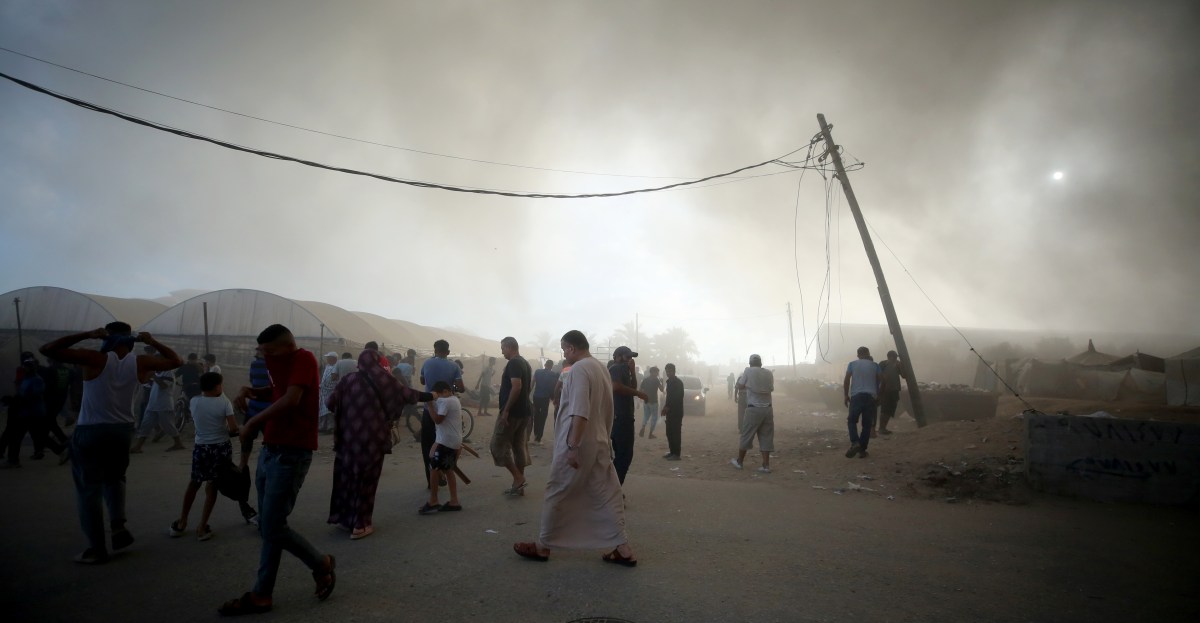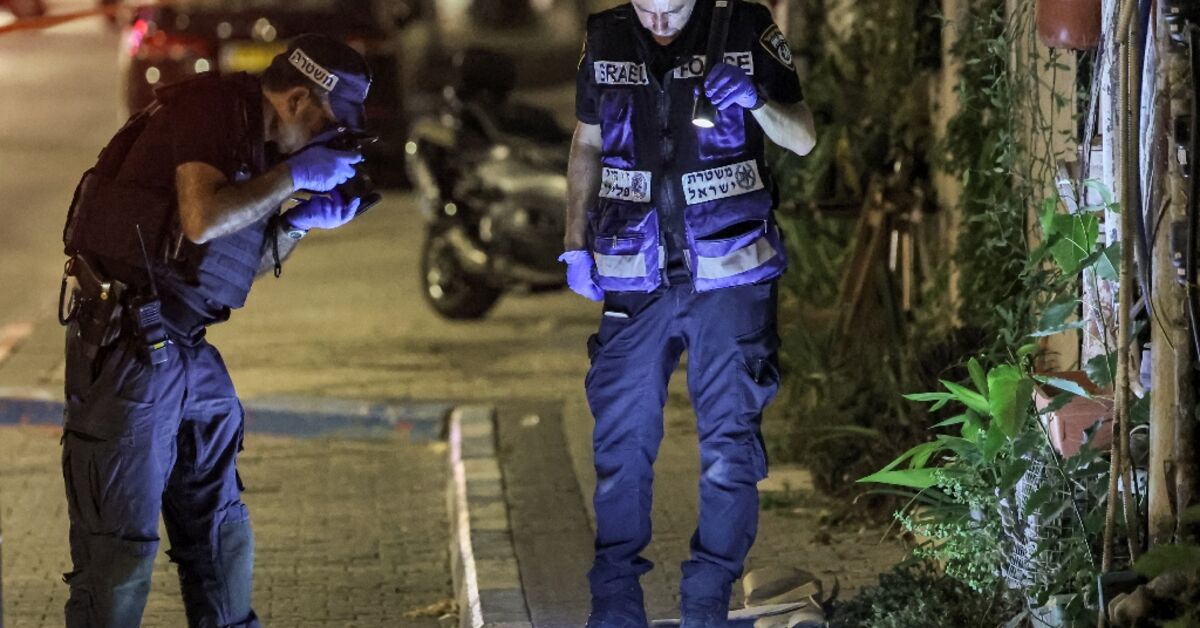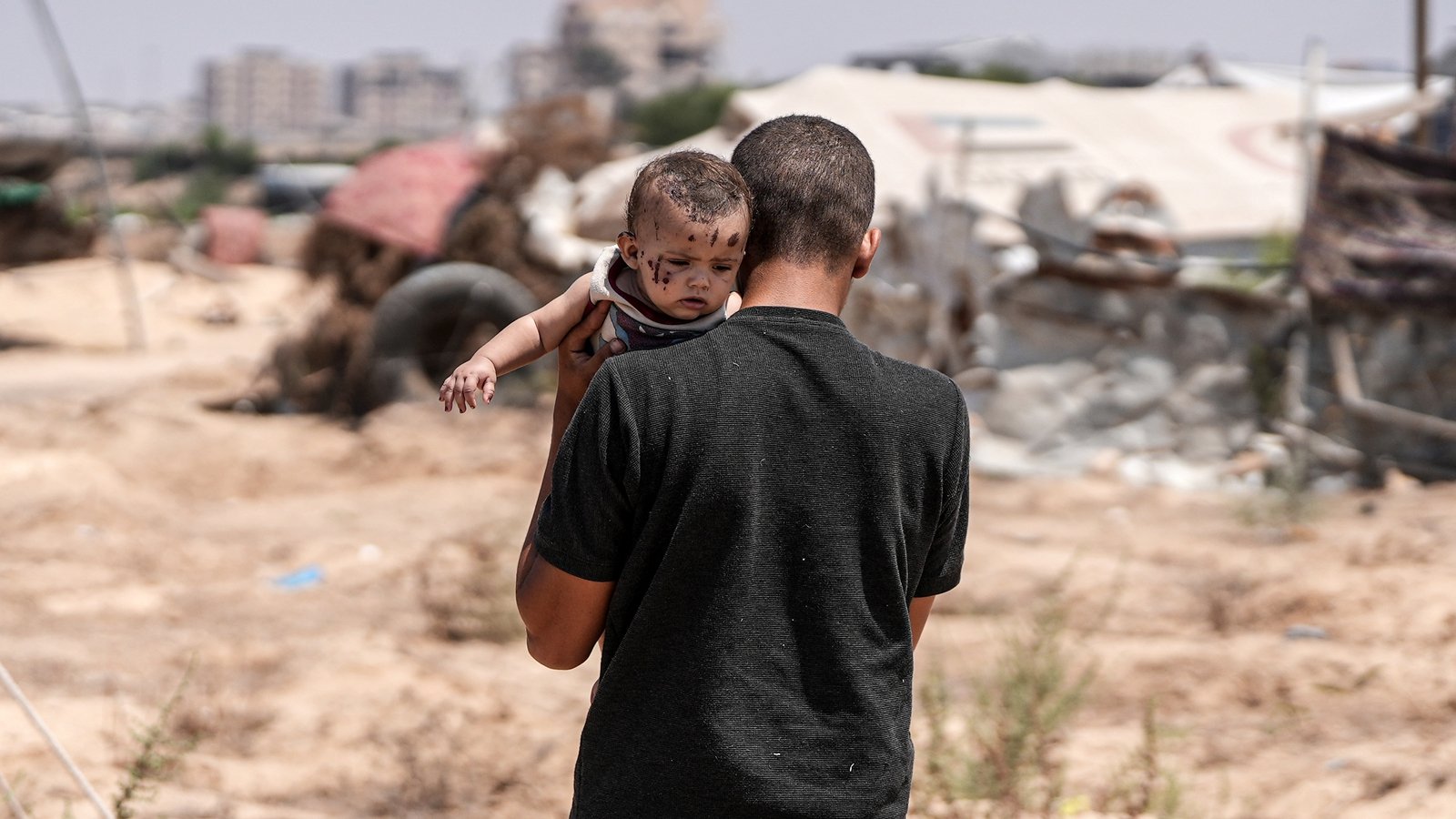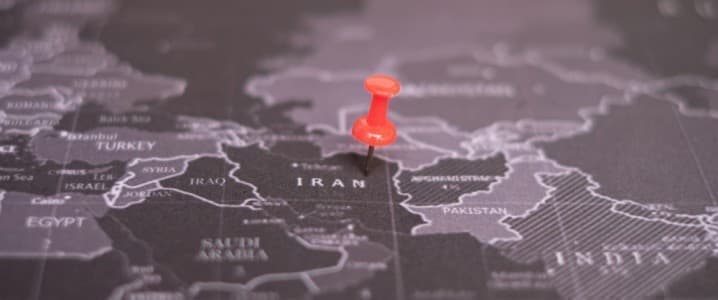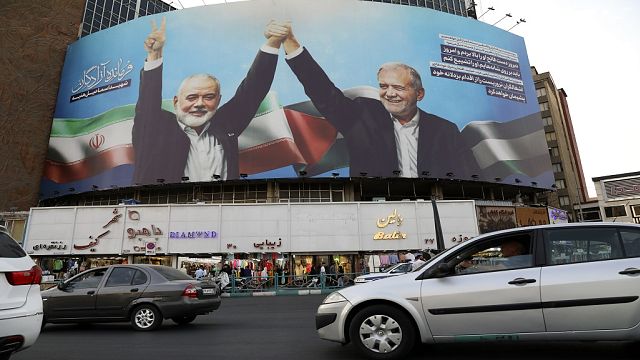Agam Goldstein-Almog revealed the abuse she experienced from Gazan civilians, Hamas terrorists, and online antisemites since her release.
Goldstein-Almog was released in November as part of a ceasefire-hostage deal.
Born in 2007, the young Goldstein-Almog grew up next to the Gaza Strip in Kibbutz Kfar Aza. On October 7, terrorists charged her home and killed her father and sister – taking her, her mother, and her two younger brothers hostage.
Goldstein-Almog described how shortly after she arrived in Gaza, a crowd of young people surrounded her – “They smiled and laughed as I wept,” she wrote.
You may be interested
She went on to explain that her captors and those who laughed at her exhibited a baseless hatred “for all that I am and all I am not.”
“My Hamas guards hated me for being Jewish, so I was coerced into reciting Islamic prayers and made to wear a hijab,” she wrote. “I was forbidden from mourning my father and sister and often ordered to look down at the ground.”
While being held in a terror tunnel, Goldstein-Almog said that she came across six fellow female hostages. The hostages told her how they were molested by armed men who entered a room where they were showering.
It was soon after this that a guard told Goldstein-Almog that she would “live the rest of my life as a chained slave-wife” in Gaza and that he would find her a husband there. Standing up to the terrorist, Goldstein-Almog said her mother interrupted the conversation and deflected his advances on her young 17-year-old daughter.
Hostage deal swap
“I was fortunate to be released, along with my family members, in a prisoner exchange after 51 days,” Goldstein-Almog recounted. “But those six young women are still in captivity, held for more than 300 days, without their mothers. They all should have come home a long time ago.”
18-year-old released hostage Noga Weiss had a similar experience, where her captor insisted she would stay in Gaza and marry him.
In her 51 days of captivity, Goldstein-Almog said she found a “rare moment of human connection” with a Palestinian civilian – a moment that ended quickly when they began to cheer alongside crowds of others at the sound of Hamas launching rockets toward Israel. Only minutes before the crowds cheered in a school hall, the Gazans had asked if she wanted to sit or if she was thirsty.
Even in the moments leading up to her release, terrorists used psychological warfare.
“A guard made a point of telling us that, in the next war, Hamas would return to kill us. There would be no hostage-taking, no more dealmaking,” she wrote.
Being led out of Gaza by the Red Cross, she said crowds swarmed her car and started banging on the window, shouting, “Die, die, die!”
After being freed, the suffering continued
While Goldstein-Almog said she often fantasized about her freedom while being held in Gaza, she explained that the world she returned to was quite different than what she imagined.
“One of my fantasies was that we would be freed and the world would embrace us,” she explained. “But the world I came back to was deeply divided and seething with anger. The hatred that I thought I had left behind in Gaza was waiting for me online.”
She said that the trolls and conspiracy theories that flooded her social media had the sole objective of “driving hate.”
“The comment sections of news articles mentioning my name were battlefields, as hatred from one side was met with hatred from the other,” she said. “I have watched as the movement in the West for a Gaza cease-fire sometimes devolves into full-throated support for Hamas and the hounding of Jews in public spaces.
“I’m sure my kidnappers still hate me, but when American students call for ‘intifada’ or chant in praise of Hamas terrorists ‘Al-Qassam, you make us proud,’ I’m reminded that many other people do, too.”
Goldstein-Almog concluded her article with mention of the six hostage bodies returned to Israel, and by praying for the freedom of the remaining hostages – “but I have no illusions about the world to which they’ll return.”

